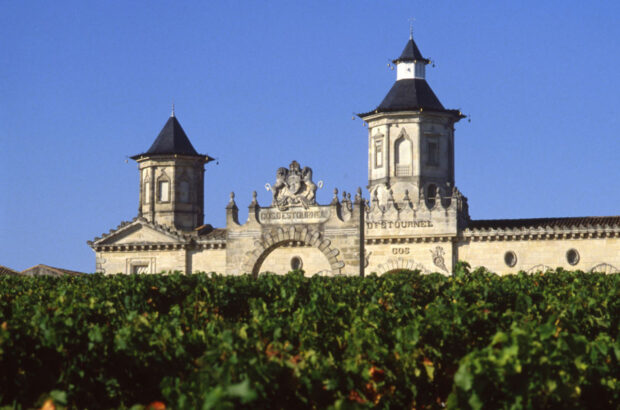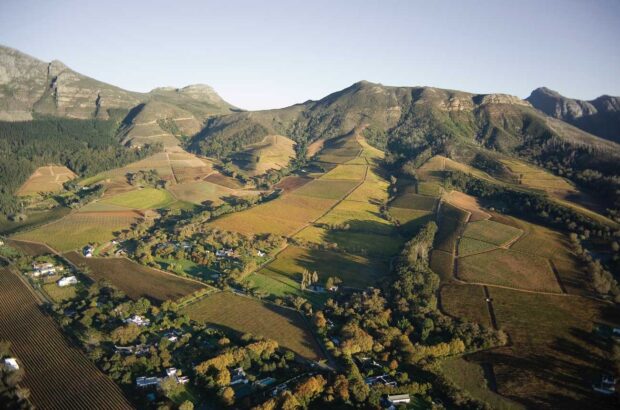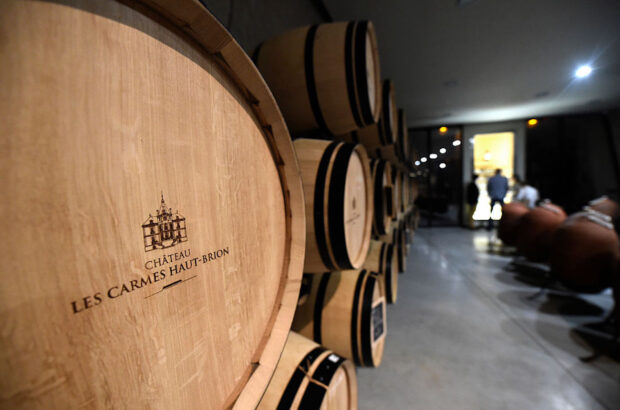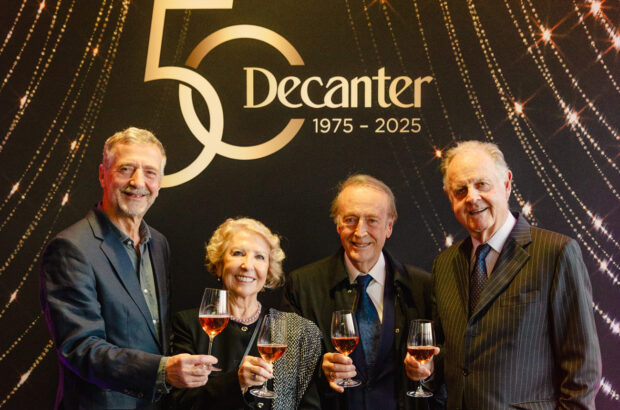Last week, Cyclone Gabrielle ripped through the North Island and left a trail of destruction in its wake. Eleven people were killed, dozens more were injured and around 10,000 were left homeless, according to early estimates.
Prime minister Chris Hipkins called it the country’s ‘biggest natural disaster’ of the 21st century, and damages are estimated at NZ$13bn (£6.7 bn).
Hawke’s Bay and Gisborne are New Zealand’s second and third largest wine producing regions respectively, yielding a combined 60,000 tonnes in 2022 and accounting for 12% of the vintage.
The cyclone hit at the worst possible time, as growers in the regions were gearing up for the 2023 harvest.
Vineyards were left completely submerged by water and wineries were flooded, while landslides compounded the misery for producers.
Many vineyards are still flooded, but winegrowers that were not significantly impacted have started one of the most challenging harvests in recent memory.
Communications from Hawke’s Bay and Gisborne have now been reinstated, allowing industry leaders to form an early picture of the extent of the damage.
Philip Gregan, CEO at trade body New Zealand Winegrowers, told Decanter: ‘Cyclone Gabrielle has occurred on the cusp of what is already the busiest time of year for the industry, just as the 2023 vintage is about to begin, and so it is a major blow for the growers and wineries that have been impacted.
‘The impact of Cyclone Gabrielle, and the extent of the damage to vineyards in flooded areas in the North Island, is still being assessed.
‘Our industry’s most important priority continues to be ensuring that our people and our communities are safe, and we are working with our regional associations to assess how we can support impacted regions for the upcoming harvest, and beyond.
‘As the varied extent of the damage in flooded regions becomes clearer, many winegrowers who have not been significantly affected in these areas are moving from the initial phase of response, and are beginning harvest.
‘Dry and sunny weather will be needed going forward to mitigate some of the short-term damage on this year’s vintage, and the lack of water and power in these regions is a significant concern, but this is improving.’
The industry has had to overcome a series of challenges in recent years, including the Covid-19 pandemic, and Gregan said producers have emerged resilient, strong and determined.
‘The ongoing challenges over the past few years have proven the resilience and adaptability of the New Zealand wine community, and the impact of Cyclone Gabrielle has been met with the same strength and determination,’ he said.
Anecdotal reports suggest that 13ha under vine were washed out to sea, after waves as high as 11 metres washed over some coasts.
However, those reports have not been confirmed, and it is too early to assess the long-term impact to the region’s vineyards in the wake of Cyclone Gabrielle.
Yet politicians and professors have warned that New Zealand must improve its infrastructure to combat future natural disasters.
‘I don’t think I’ve ever felt as sad or as angry about the lost decades that we spent bickering and arguing about whether climate change was real or not, whether it was caused by humans or not, whether it was bad or not, whether we should do something about it or not, because it is clearly here now, and if we do not act, it will get worse,’ James Shaw, the country’s climate change minister, told parliament in the wake of the cyclone.
Authorities declared a national state of emergency for just the third time, following the 2011 Christchurch earthquake and the Covid-19 pandemic. The cyclone hit the North Island just two weeks after record downpours and flooding affected the same region.
Māori sociologist Christine Kenney, a professor of disaster risk reduction at Massey University in Wellington, said: ‘Two-thirds of New Zealanders live in areas prone to flooding and rising sea levels. We’ve got five airports that are going to be impacted, several thousand kilometres of roading, kilometres of railway.
‘New Zealand’s wine industry is going to be absolutely devastated, and this is just one storm.
‘We need to be thinking really seriously now about not building back better but building back smarter, and where we build back.’






